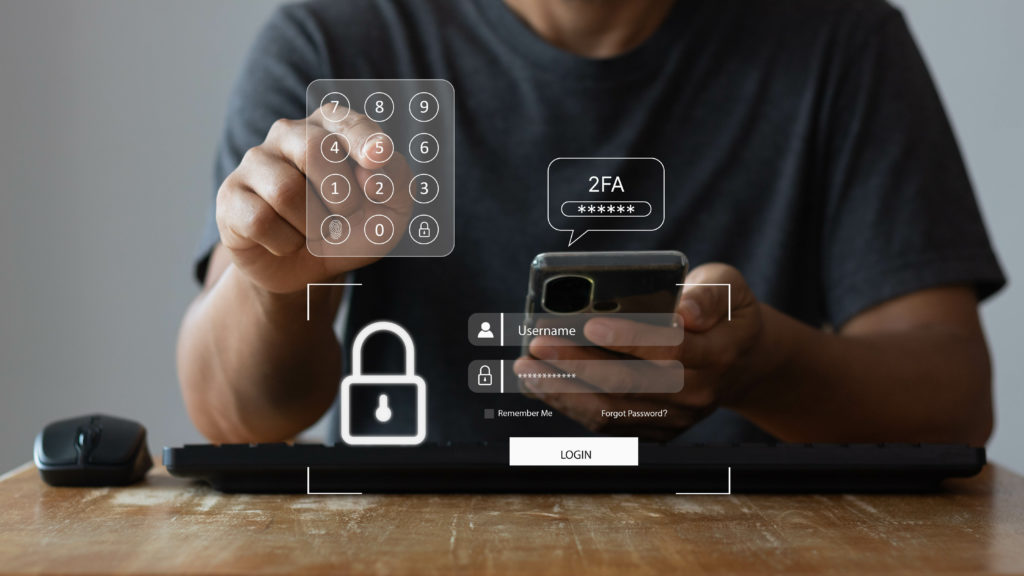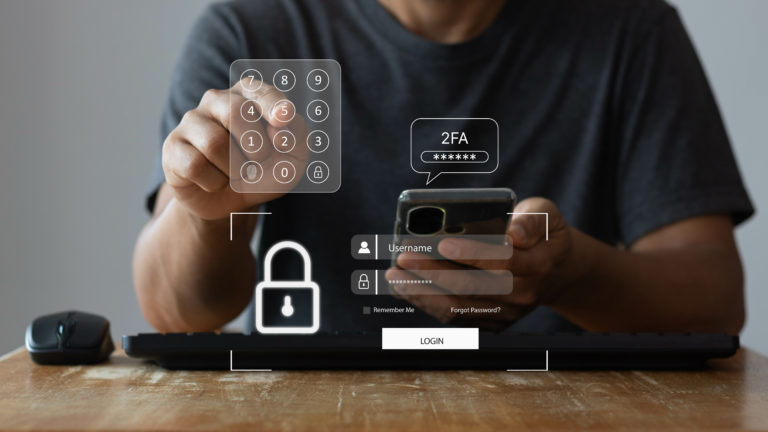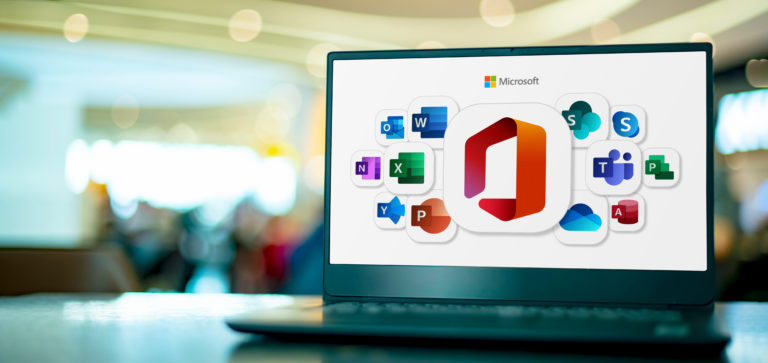In today’s interconnected world, cyber threats pose a significant risk to businesses of all sizes. Among these threats, phishing attacks are one of the most pervasive and damaging forms of cybercrime. Phishing attacks involve using fraudulent emails, text messages, or websites to trick individuals into providing sensitive information such as passwords, financial data, or personal details. In this blog post, we’ll explore the different types of phishing attacks and provide valuable tips on recognizing and preventing them, with insights into how Next Level Technology’s cybersecurity services can enhance your defense against such threats.
Types of Phishing Attacks
- Email Phishing: Email phishing is the most common form of phishing attack and involves sending deceptive emails that appear to be from legitimate sources, such as banks, government agencies, or trusted organizations. These emails often contain urgent messages prompting recipients to click on malicious links or download attachments that install malware or steal sensitive information.
- Spear Phishing: Spear phishing attacks are highly targeted and personalized, often directed at specific individuals or organizations. Cybercriminals research their targets to craft convincing, seemingly legitimate emails, increasing the likelihood of success. Spear phishing attacks may use information obtained from social media profiles, company websites, or previous data breaches to enhance their credibility.
- Vishing (Voice Phishing): Vishing attacks involve using voice communication, such as phone calls or voice messages, to deceive individuals into divulging sensitive information or performing actions that compromise security. Vishing attacks may impersonate legitimate organizations or authorities, such as IT support personnel or financial institutions, to gain victims’ trust and manipulate them into providing confidential data.
- Smishing (SMS Phishing): Smishing attacks utilize text messages or SMS to deceive recipients into disclosing sensitive information or clicking on malicious links. Like email phishing, smishing messages often contain urgent requests or offers that prompt recipients to act immediately, such as providing account credentials or personal information.

Recognizing and Preventing Phishing Attacks
- Be Skeptical of Unsolicited Communications: Exercise caution when receiving unsolicited emails, text messages, or phone calls, especially if they request sensitive information or prompt you to take urgent action. Verify the legitimacy of the sender or caller through independent channels, such as official websites or customer service hotlines.
- Inspect URLs and Links: Hover your mouse cursor over links in emails or text messages to preview the destination URL before clicking. Be wary of shortened URLs or misspelled domains, which may lead to phishing websites that steal your information. Avoid clicking on links from unknown or suspicious sources.
- Beware of Urgent Requests: Phishing attacks often create a sense of urgency to pressure victims into making hasty decisions. Exercise caution when receiving messages threatening dire consequences for failing to act immediately, such as account suspension or legal action. Take a moment to verify the request’s legitimacy before responding or providing information.
- Enhance Security Awareness Training: Educate employees about the risks of phishing attacks and provide comprehensive security awareness training to help them recognize and respond to potential threats effectively. Train employees to identify common phishing tactics, such as email spoofing, phishing links, and social engineering techniques.
- Implement Multi-Factor Authentication (MFA): Enable multi-factor authentication for accounts and systems to add an extra layer of security against unauthorized access. MFA requires users to provide additional verification, such as a one-time passcode sent to their mobile device, in addition to their password, reducing the risk of account compromise even if credentials are stolen.
- Utilize Phishing Simulation Exercises: Conduct regular phishing simulation exercises to test employees’ awareness and responsiveness to phishing attacks. These exercises simulate real-world phishing scenarios to assess employees’ ability to identify and report suspicious emails, helping to reinforce security best practices and mitigate potential risks.

Next Level Technology’s cybersecurity services offer comprehensive protection against phishing attacks and other cyber threats. From proactive monitoring and threat detection to security awareness training and incident response, Next Level Technology provides the expertise and resources to safeguard your business from phishing scams and cybercriminals. By partnering with Next Level Technology, you can strengthen your defenses and protect your business from evolving cyber threats. Stay vigilant, stay informed, and stay safe online.






